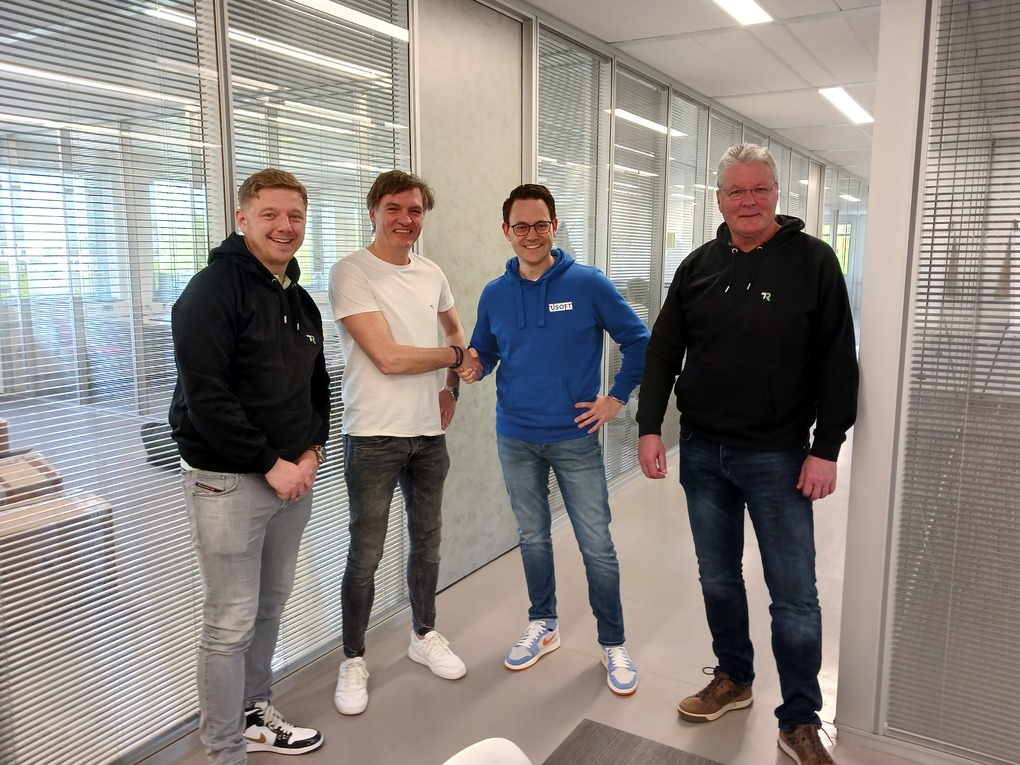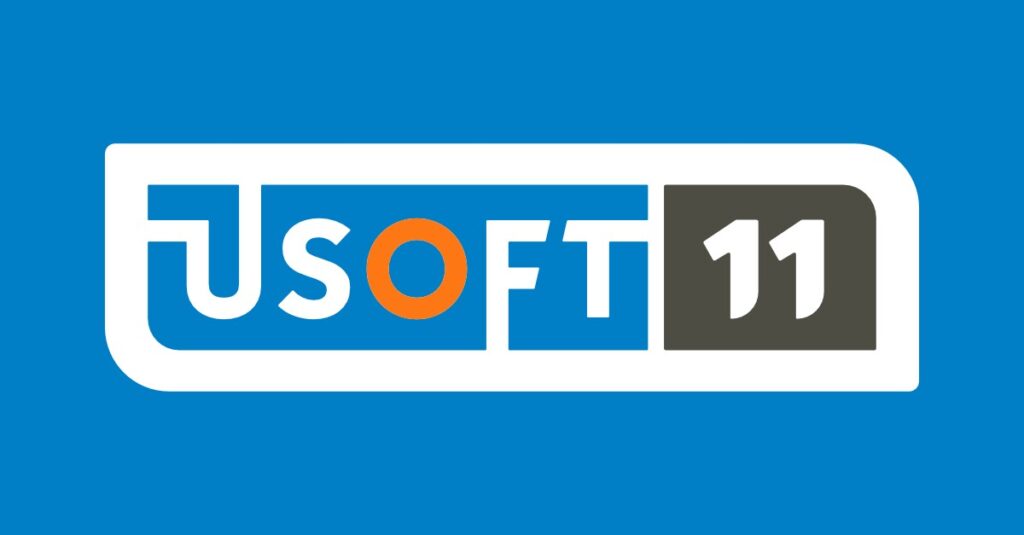The desire to take digitization to the next level is there, so why does it so often go wrong? And how can the government ensure that by 2025, at the next election, it has put such IT blunders behind it once and for all?
Digitization starts at…
Government digitization of IT systems has gained considerable momentum in the Netherlands in recent years. The corona crisis added to this last year. As a nation, we are doing well, as evidenced by the top positions we achieve in the DESI index and the EIBIS Digitalization Index. Nevertheless, the government still has much to do in the digitization transition. Recent examples of security and integration at the GGD and the errors in the benefits affair underline this. Unfortunately, there are no exceptions, they join a queue and they often involve the most important core systems. The government has committed to digital transformation within its ranks, including the joint Agenda Digital Government and NL DIGIbeter. Collaboration is essential to move forward digitally as a government. After all, challenges are not limited to one domain, region or government organization. That is often where the shoe pinches. People think in black and white about the degree of centralization or decentralization. It is often either-or; a golden mean is rarely found.
Government IT systems not developed for digitization
Take the decentralizations in the social domain, Wmo, youth care and participation. It is not only the care itself that has been entrusted to municipalities, but also the automation of those processes. Each municipality uses different systems and records data in a different way. The same applies to the Municipal Health Centres. It was a conscious decision to give each GGD region control over its own computerization, with the underlying idea that more customized work is possible. It is no wonder that the moment central control is required, as it is now with corona, a problem arises. The systems are simply not designed for that at all.
Centralize the systems
An example of centralization that has gone too far is the tax administration. The systems are designed entirely for standard processes, with the underlying idea that without standardization you will never be able to handle the scale on which the Tax and Customs administration operates. The extent to which this goes wrong in situations that do not fall within the standards has been demonstrated by the benefits affair.
The lack of knowledge of IT systems and security means that politicians regularly talking at across purposes.
More visibility needed on the state of IT
IT is a growing cost item within the government. In addition, the central government has seen several IT projects fail in recent years. In order to better assess whether spending is being used properly, the costs of all ministries are mapped out annually. Yet this overview is incomplete and not very detailed. In an article published by the FD last February, Kaj Wen, principal consultant at Metri, says that government reports do not provide enough information about the state of IT. Annual reports can tell you the state of the dikes and where maintenance is needed, but for IT that information is not transparent. Despite the lack of overview and high costs, cost-cutting is a key driver for IT in government. IT is seen more as a cost item than as a business driver, or as a facilitator for the rapid adaptation of processes. A move that the business world has already made. You should not be surprised then that systems falter when they are suddenly deployed on a much larger scale or in different ways.
Government must come to a different perception
When you hear the discussions in the Dutch parliament about mistakes made in IT, or failed projects, it makes your toes wag. It’s not for nothing that it caused quite a stir in the IT world. The lack of knowledge of IT systems and security unfortunately means that politicians often talk past each other. You also see that often insufficient thought is given in advance to the risks that might occur. First you have to find out which risks are acceptable and which you have to mitigate at all costs. Then you will come to other insights and take other decisions. For example, when it comes to functionality, scalability and security of software systems, which is the case now.
IT everywhere
Every process the government is involved in involves IT. The government landscape is fragmented, so there is a risk that IT systems will also fragment and get out of sight. Politicians should now be looking for solutions to attract or develop more expertise. For example, in the areas of policymaking and implementation. Then the government can build on a sound structure, transparent costs, and gain insight into the state of IT and the risks. Therefore, I hope that the new cabinet will include IT as a serious component in its new plans. In this way, we can end this cabinet term in 2025 with a step forward in the digital transformation of the government. Everyone is aware that IT now touches all facets of our lives. Let’s move towards a politics where IT doesn’t just result in some abstract comments in the House and incomplete reports.
The original of this article can be read on the website of iBestuur.nl
Wageningen University & Research cooperates with USoft Solvinx to increase focus on GDPR and privacy risks. The challenge of the WUR was to properly organize and automate privacy-related processes and to increase privacy awareness. Are you curious about the full story? Click on the button and download the story about the cooperation.




